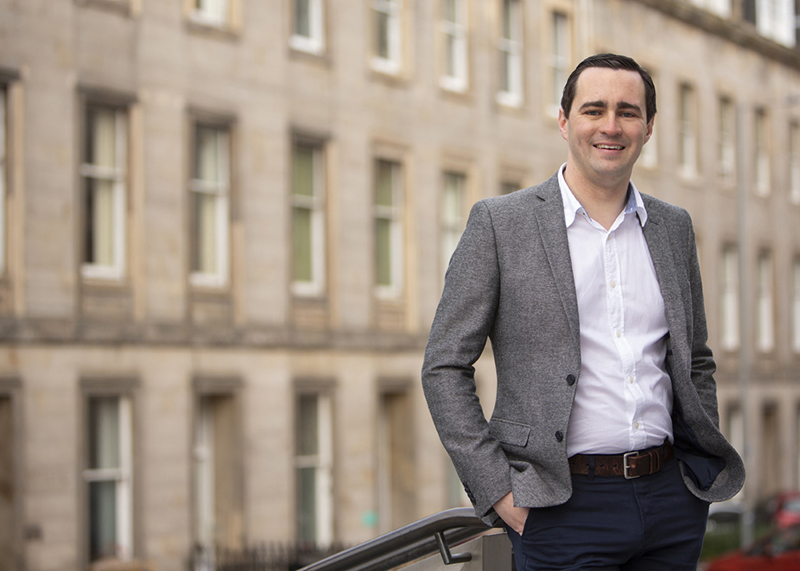
By David Shaw, director at Torridon
If there’s one message I’d give every commercial property owner, asset manager or occupier, it’s that you don’t have to get to net zero in one go. In fact, trying to do everything at once, and chasing a ‘perfect’ outcome is exactly what’s stalling progress altogether.
Deep retrofit (typically involving significant upgrades to both the building fabric and services) is an important part of the journey. There’s no denying that. We are, after all, in a climate emergency. But deep retrofit is a major undertaking. It takes time to plan, design, fund, tender, and that’s before any work begins on site.
And while all that’s going on? The building’s energy use hasn’t changed one bit. So instead of holding out for perfection, we should be asking ‘what can we do now to start making progress?’
The search for the ideal solution is paralysing the sector. We don’t have the luxury of waiting five or ten years to begin acting. And the reality is, the existing commercial stock we’re working with, especially in cities like Edinburgh and Glasgow, wasn’t designed for modern systems or sustainable performance. Compromises are going to be inevitable.
Let’s be honest about the barriers though. Capital is limited. Lease structures are complex. Construction costs are high, particularly on labour-intensive retrofit work. And for most organisations, the idea of delivering full-scale decarbonisation right now just isn’t viable.
But that doesn’t mean you should do nothing. Instead, the focus should be on developing a realistic, phased plan – one that breaks the challenge into logical steps and works with what the building (and the business) can handle right now.
That might mean starting with education and awareness. It might mean installing sensors and meters. Or it could mean improving existing controls, recommissioning plant, and targeting low-cost, high-impact energy-use changes.
These steps are often more deliverable than a full HVAC replacement or major refurbishment and they create momentum. For example, Phase 1 might tackle lighting, controls and user behaviour; Phase 2 could involve upgrades to HVAC and fabric performance; and Phase 3 might focus on full electrification and renewables – each planned with cost, disruption and funding in mind.
And wherever possible, we should be reusing existing elements and avoiding unnecessary strip-out or demolition since every avoided tonne of embodied carbon helps.
Too often, I speak to teams who know they want to decarbonise, but they’re overwhelmed by where to start. They’ve been advised to get an options study, or they’ve commissioned a report that’s landed on their desk full of technical detail but with no cost certainty, no phasing plan, and no clear direction on what to do next.
That’s when things stall again. What’s needed is a more collaborative approach. One where a multi-disciplinary team develops a strategy that’s not only technically sound, but actually works for the building, the budget, and the business case. That strategy should show real options, with real costs and help stakeholders make good decisions.
My message definitely isn’t about lowering ambition or backing away from UK-wide net zero goals. But we do need more people making some progress, not fewer people waiting for everything to line up perfectly.
For some buildings, that might mean replacing inefficient lighting and controls this year, even if the heating system comes later. For others, it could be about improving the envelope while existing leases restrict internal works. Or preparing a phased budget that lets you spread spend over time, rather than chasing full capital approval in one go.
You don’t have to commit to a multi-million-pound retrofit next year. But you do need a plan, and one that has been properly considered. And the sooner you start, the better prepared you’ll be when the time comes for bigger moves. Because buildings that already have a clear, practical roadmap for reducing carbon (even incrementally) will be in a far stronger position than those that delayed, hoping for perfection.
So if you haven’t mapped out your building’s future yet, ask yourself ‘what’s one meaningful step we could take straight away to reduce its emissions? And who do we need around the table to make it happen?’
David Shaw is a cost consultancy expert specialising in refurbishment projects and office fit-outs. As a director at Torridon, David helps clients across the UK deliver projects with greater clarity, certainty, and confidence.











